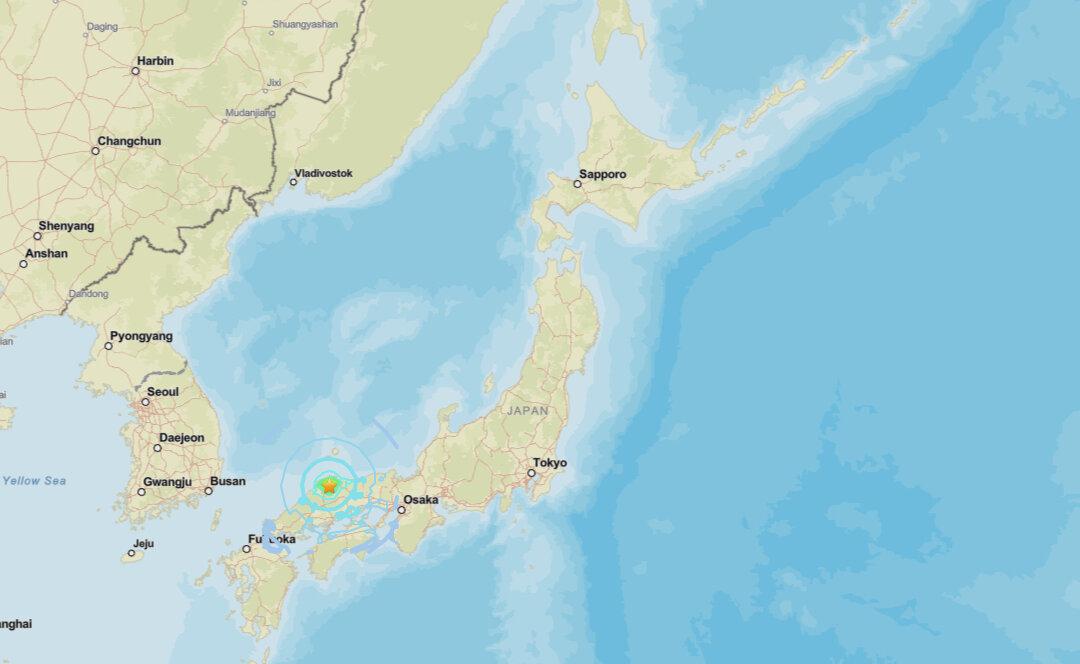BEIJING—Off-balance-sheet borrowings by Chinese local governments could be as high as 40 trillion yuan ($5.78 trillion) and amount to “a debt iceberg with titanic credit risks,” S&P Global Ratings said in a report on Oct. 16.
When including so-called “hidden” local government debt, the ratio of government debt to gross domestic product (GDP) may have reached an “alarming” level of 60 percent in 2017, according to S&P.





